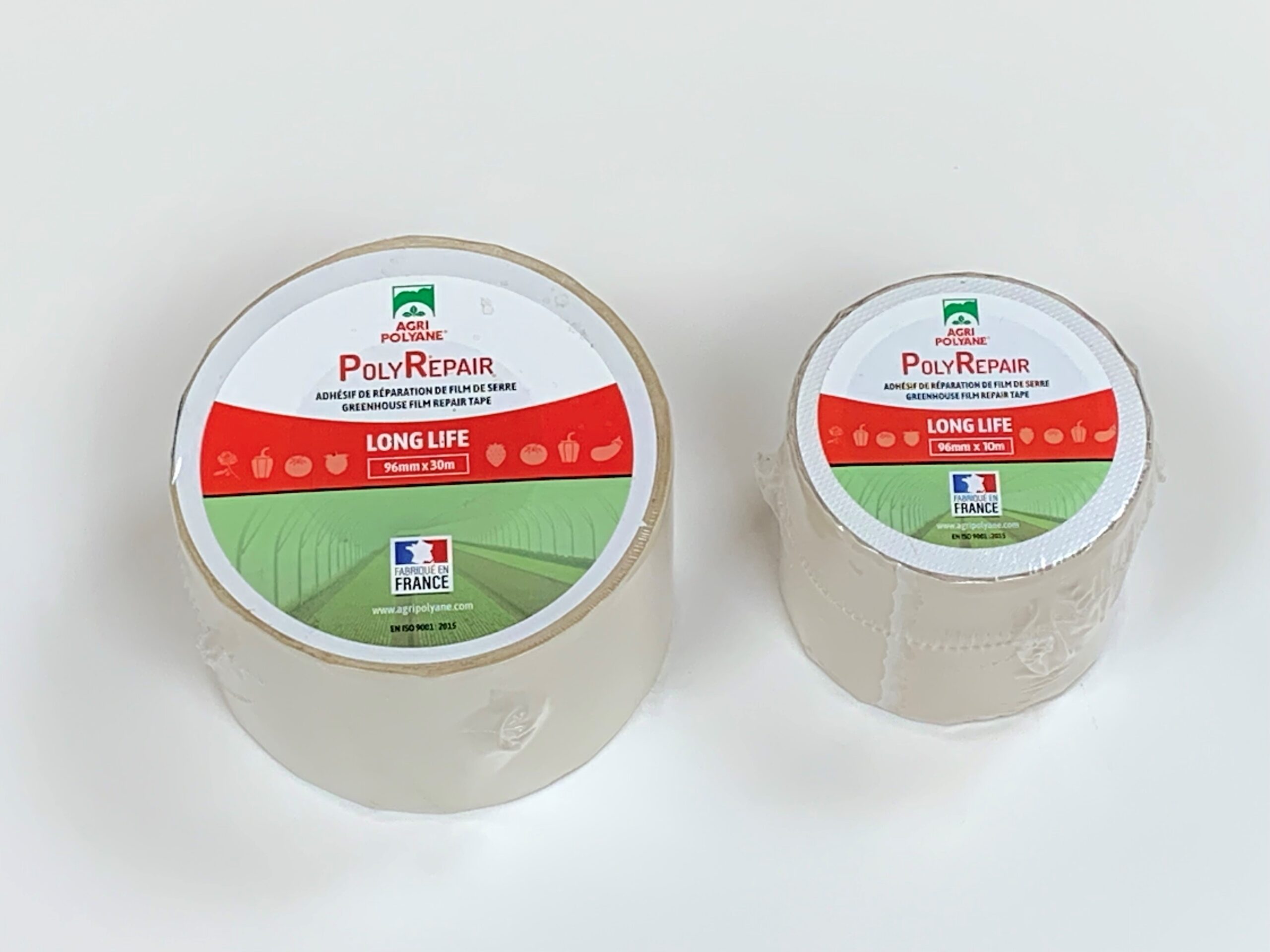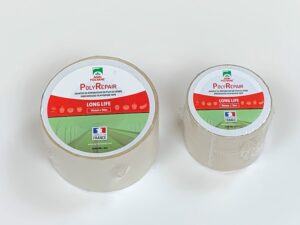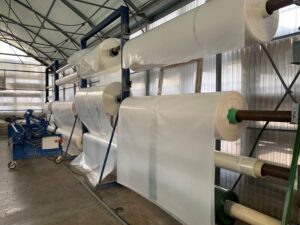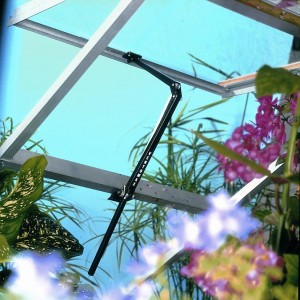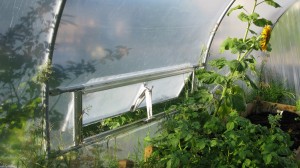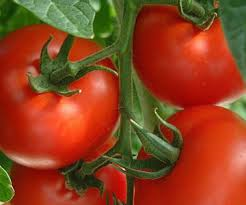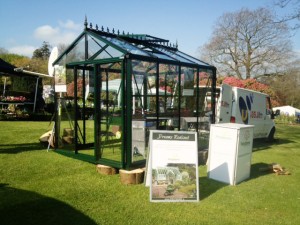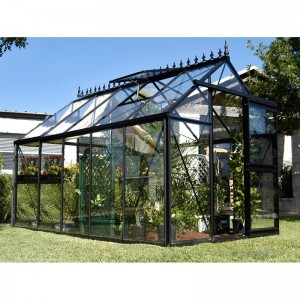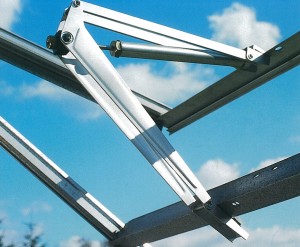Winter greens
You could pull out the last of your summer crops from your greenhouse, clean it up for the winter and close it until spring. But why not have it produce fresh green salads for you all winter? If you didn’t sow any leaf greens in recent weeks you can still sow turnip seed in early November and expect the soil to be still warm enough for some growth. It will grow slower than would September-sown crops but still be worthwhile.
Failing that, you can plant roots of turnip and beetroot in pots or the greenhouse soil and let them sprout leaves as if it were next spring. The leaves might not be as good eating as the seedling ones but will be better than nothing. The roots may need some frost to trigger this re-growth. Watch out for slugs.
Chicory has traditionally been grown for forcing in winter. Dig up straight roots about 2cm thick, cut the leaves back to about 2cm high and shorten the roots to about 15cm. Store them flat in sand in a cool shed. Every few weeks, plant a half-dozen or so roots upright and tight together in a medium pot of damp compost, placing it in a shady part of the glasshouse and covering over the top with an upturned pot (cover the drainage holes) to exclude light. Darkness makes the emerging leaves paler and less bitter. Cut them for eating when about 15cm high.
Rhubarb roots can be forced too. Dig up crowns and leave them exposed to frost. Then pack them tightly into a container with old compost, leaving them upright. Put it in a shady part of the greenhouse covered with black plastic. Harvest the sticks when still small and dump the exhausted roots afterwards.

